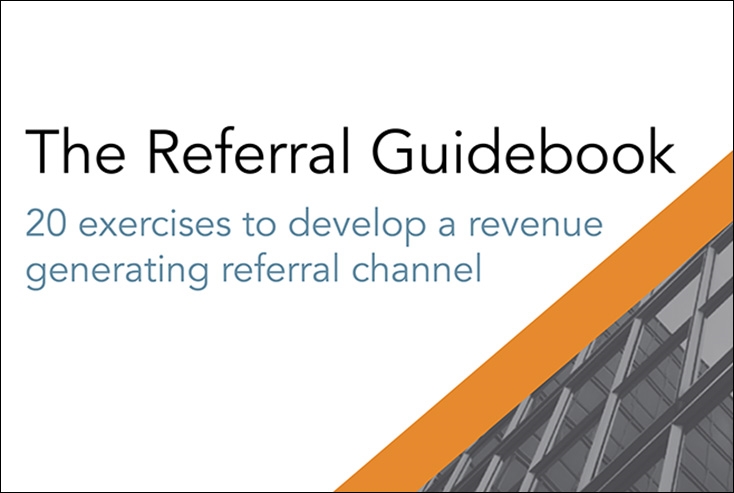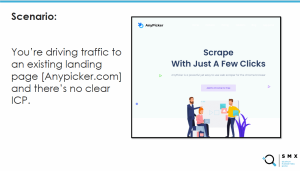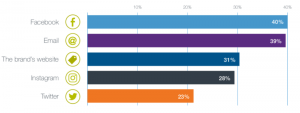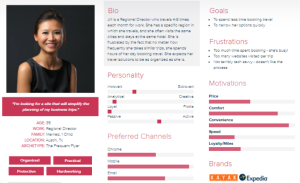— January 15, 2018
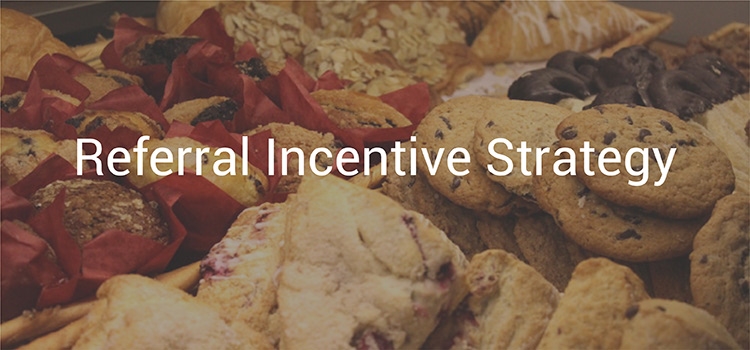
Upon identifying your referral sources, developing a recruitment strategy, creating a sales enablement plan and developing a plan to enable referral sources, it’s time to build a referral strategy for your incentive that drives more high-quality referrals.
This portion of your referral strategy is very important. Adding an incentive to your referral strategy isn’t just a box to check before moving onto the next step. There are a variety of different mechanisms that are involved in creating a referral incentive. Different referral sources might require different amounts and structures, and have different motivations. Here how to determine the right referral incentive strategy for your referral program.
4 factors that determine your referral incentive structure
In order to drive repeat referrals, you need to set up a referral incentive structure that is motivating to each specific group of referral sources. There are four considerations that go into this part of your referral strategy.
1. The calculation – To create an incentive amount that is both motivating to referral sources and provides the best ROI, ask yourself this question: Do you want to reward at purchase or at an earlier stage?
If the answer is at purchase, determine the best way to calculate the reward for your program. If you need help with that, look back at the second blog in the series to see how to calculate incentives based on your current CPA.
However, if you would want to have your incentive fulfilled at an earlier stage, try rewarding on a flat bounty. To do this, determine the amount and stage to be triggered.

2. Timing and multi-stage – To make sure your referral structure keeps referral sources engaged and motivated, and ensure that the referrals they provided are quality, ask yourself this question: Do you want to add a retention period before paying the incentive in full?
If the answer is yes, consider splitting the incentive into multiple stages such as at purchase and after a retention period to keep high engagement.
If the answer is no, take a look at your sales cycle. If it is a long sales cycle, consider rewarding at multiple stages to keep engagement up. However, if your sales cycle is short you can just have your incentive be fulfilled at a single stage.

3. Multi-level – To decide how to structure your incentives to motivate repeat referrals and create higher-performing referral sources, ask yourself this question: Do you want to create multiple reward levels?
If the answer is yes, you then have to decide if you want to base the reward on the number of successful referral or on the number of rewards (only used if using multi-stage rewards).
However, if the answer is no you can simply keep a non-variable reward.
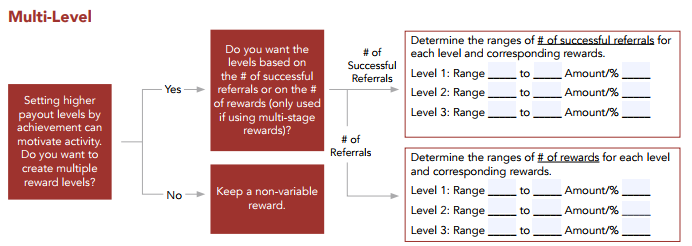
4. Accrual – To understand how to handle accrual based incentives, ask yourself this question: Do you have transaction fees for EFT and/or expect a high frequency of successful referrals from your sources?
If the answer is yes, determine the frequency of the incentive payouts.
If the answer is no, payout the reward at the time the referral becomes successful.

Answering these questions can help you create a more targeted and effective referral strategy for your incentives. But once these decisions are made you still aren’t done. Now it’s time to think about incentivizing the other people involved in the referral process and the inclusion of added incentives.
3 times you should include extra incentives in your referral strategy
While having a regular referral strategy in place for your incentives is necessary, going the extra mile can help keep you top of mind for referral sources. For instance, during a slow time of the year, referral sources can be prompted with a special bonus. And you can’t forget about the other people involved in making a referral successful. To drive added referral activity there are people outside your referral sources that can be incentivized. Here‘s how to determine if you should include any of these three extra incentives in your referral strategy.
1. Prospect reward – Also known as double-sided rewards, these rewards can reduce some of the perceived risk referral sources have when making a referral. This is because it allows a referral source to offer the referral a great deal. To determine if this is right for you, ask yourself this question: Do you have the ability to offer referrals a discounted price?
If the answer is yes, determine the appropriate discount.
If the answer is no, see if there is anything else you can offer for a certain action a referral takes, like a gift card for taking a meeting with sales. If that still isn’t possible just stick with your single-sided reward.
2. Campaign bonus – When trying to drive point-in-time activity, an extra incentive such as a raffle prize or an increase in the incentive can help to re-engage referral sources and facilitate greater activity. To determine if this is right for you, ask yourself this question: Is there times during the year you’d like to stimulate an increase in referral leads?
If the answer is yes, figure out whether you want to incentivize referral lead collection or successful referrals.
If it is referral leads you will need to look to see if you have the budget to reward on each lead. However, if you don’t you can implement a raffle instead.
Even if you don’t have a specific time period in which you want more referrals, consider picking two months during the year to run a promotion.
3. Sales incentive – It has been shown that sales involvement in a referral program increases the conversion rate from referral lead to purchase by 10 percentage points for partner referrals and 17 percentage points for customer referrals. To drive consistent activity from sales or other employees, an incentive can be created to motivate them. To determine if or what type of sales incentive is right for you, ask yourself this question: Are you incentivizing a direct or channel sales team?
If you’re incentivizing your channel sales team, consider if they should be incentivized to recruit referral partners and collect referrals as part of their commission. If that is something you want, try organically incentivizing with leaderboard transparency. On the other hand, if you don’t want that, look into creating monthly goals with prizes to the top individual achievers and top sales team.
If you plan on incentivizing your direct sales team, consider if you want to incentivize recruitment or referral collection. If recruitment is where it is at for you, try quarterly goals and prizes or a swag bonus for each new recruit. However, if you are going to incentivize based on referral collection, figure out monthly goals with prizes for the highest performing salespeople.
Business & Finance Articles on Business 2 Community
(64)
Report Post
